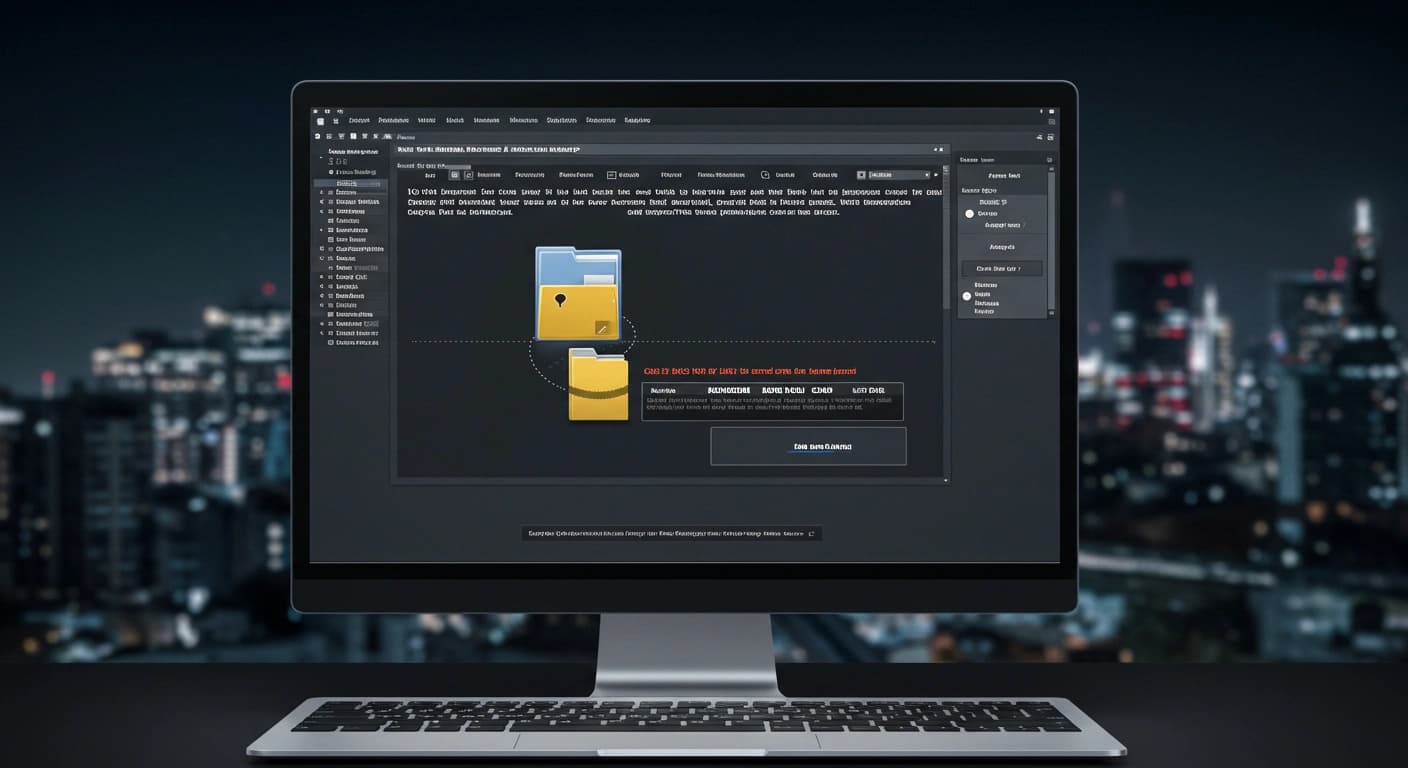What is Ransomware? | Understanding & Defending Against It
Ransomware is a type of malicious software designed to block access to systems or encrypt files, demanding payment to restore access. It often spreads through phishing emails or compromised websites and can cause significant data loss and financial damage. There are two main types: locker ransomware, which locks users out of their systems, and crypto ransomware, which encrypts files. With ransomware-as-a-service and cryptocurrency making it easier for attackers, it's crucial to implement protective measures like regular backups, endpoint protection, and employee training to defend against these attacks.

What is Ransomware?
Ransomware is a type of malicious software (malware) designed to block access to a system or encrypt its files, demanding payment (ransom) from the victim to restore access. It is one of the most financially damaging and rapidly evolving threats facing individuals, businesses, and government organizations today. In many cases, ransomware attacks result in costly downtime, data loss, and a damaged reputation.
How Does Ransomware Work?
Ransomware typically operates by encrypting files or locking a system’s access, rendering it unusable. The attacker then demands a ransom—usually in cryptocurrency—promising to provide a decryption key or unlock the system once the payment is made. Here’s a step-by-step overview of how it works:
Infection: Ransomware often infiltrates a system through phishing emails, malicious attachments, or compromised websites.
Encryption: Once the malware gains access, it encrypts critical files, often targeting documents, databases, or entire drives.
Ransom Demand: The victim is notified with a ransom note demanding payment, typically within a set time frame (e.g., 24 to 48 hours).
Decryption or Loss: If the ransom is paid, the attacker promises to provide a decryption key; however, there is no guarantee of recovery. Failure to pay may result in permanent data loss.
Types of Ransomware
Ransomware comes in various forms, with two primary categories:
Locker Ransomware: This type blocks access to the system or specific applications, preventing the user from interacting with their computer until the ransom is paid.
Crypto Ransomware: This variant encrypts files on the infected device, rendering them inaccessible without the decryption key. Crypto ransomware is the most common and the most dangerous.
Within these categories, there are numerous variants, each with its own encryption methods and ransom demands. Some of the most notorious strains include CryptoLocker, WannaCry, and NotPetya.
How Ransomware Spreads
Ransomware can spread through multiple vectors, including:
Email Attachments: Malicious attachments or links in phishing emails are a common infection method.
Remote Desktop Protocol (RDP): Cybercriminals exploit RDP vulnerabilities to gain access to remote systems.
Malicious Websites: Visiting a compromised website can result in the automatic download of ransomware.
Once inside a system, ransomware can spread through a network, affecting multiple devices and servers, which is why ransomware attacks can paralyze entire organizations.
The Growing Threat of Ransomware
Ransomware has seen a significant rise in recent years, fueled by the ease with which cybercriminals can deploy attacks. Several factors contribute to the increasing prevalence of ransomware:
Ransomware-as-a-Service (RaaS): Cybercriminals now have access to pre-built ransomware tools via underground markets, enabling even those with little technical expertise to launch attacks.
Cryptocurrency: The anonymity provided by cryptocurrencies like Bitcoin makes it easier for attackers to collect payments without being traced.
Double Extortion: Many modern ransomware variants steal sensitive data before encrypting it, threatening to release the stolen information unless the ransom is paid. This tactic increases pressure on victims.
Why is Ransomware So Hard to Combat?
Ransomware attacks are particularly difficult to combat due to the following factors:
Global Reach: Attackers often operate from regions with weak cybercrime laws, making prosecution difficult.
Anonymity: Tools like the Tor network allow attackers to conceal their identity and location.
Cryptocurrency: Ransom demands are usually made in untraceable cryptocurrencies, complicating investigations.
Constantly Evolving Techniques: Ransomware groups frequently update their tactics to evade detection, using advanced encryption methods and obfuscating their attacks.
Preventing and Defending Against Ransomware
While the threat of ransomware is significant, there are several preventive measures to protect themselves:
Regular Backups: Ensure critical data is backed up regularly and stored offline. This will allow recovery without paying the ransom.
Employee Training: Educate employees about phishing, email scams, and safe online practices. This reduces the chances of an accidental ransomware infection.
Endpoint Protection: Use comprehensive security software with real-time protection, firewalls, and endpoint detection and response (EDR) systems to prevent malware from entering the network.
Patching Vulnerabilities: Regularly update and patch operating systems and software to close security gaps that ransomware might exploit.
Zero-Trust Model: Implement a zero-trust approach where no user or device is trusted by default, reducing the attack surface.
Incident Response Plan: Develop a clear response strategy for ransomware attacks, including isolating infected systems, notifying relevant authorities, and assessing the extent of the damage.
To Sum Up
Ransomware remains one of the most significant cybersecurity threats due to its potential to cause severe financial and operational damage. However, regular updates, employee awareness, and proactive security measures are key to protecting data and systems from ransomware attacks.
Find out more: